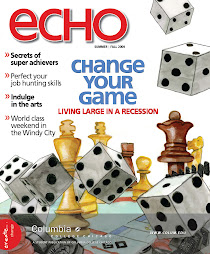

With three distinct geographical areas, Peru is divided in every aspect of its cultural manifestations, including music. It has a vast variety of dances and musical genres. The coast (Costa), the Andes (Sierra) and the rainforest (Selva) produce different cultural expressions.
Among the most popular dances I can mention is the Marinera, a beautiful flirtatious dance from the northern Peruvian coast. There are annual contests looking for the best Marinera dancers. It is acknowledged as the national dance of Peru, as the tango is for Argentina. There is also the Peruvian waltz and polka that are part of what is called “música criolla.” From the southern coast the Afro-Peruvian rhythms come: the landó and the festejo. These dances are usually presented in a frantic and exhilarating fashion and Peruvians are very proud of this heritage. The wooden box (cajón)and the quijada de burro (donkey’s jaw) are the most recognizable instruments. Music ensembles like Perú Negro and singers like Tania Libertad, Eva Ayllón and Susana Baca (the only Peruvian artist who has gotten a Grammy) are the most recognizable voices that interpret the black rhythms.
Probably the most identifiable music from Peru comes from the Andes. “El Cóndor Pasa” written by Daniel Alomía Robles and popularized internationally by Simon & Garfunkel is probably the song that foreigners recognize the most along with songs that use the zampoña (panpipe) and quena (Peruvian flute.) The huayno and huaylash are probably the most recognized Andean dances. A lot of these rhythms are presented in weekend shows at places called “peñas,” and there are several of them that cater to tourists like “La Candelaria” and “Brisas del Titicaca” where visitors can spend an entertaining and colorful fun night.





No comments:
Post a Comment